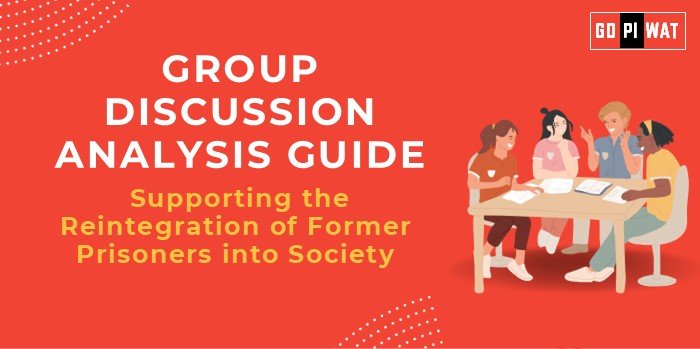📋 Supporting the Reintegration of Former Prisoners into Society
🌐 Introduction to the Topic
Opening Context: “Reintegrating former prisoners into society is a complex challenge that intersects social, economic, and legal dimensions. With over 10.8 million people imprisoned worldwide and high recidivism rates, fostering successful reintegration is both a human rights obligation and a societal necessity.”
Topic Background: The reintegration of former prisoners involves equipping them with the skills, resources, and opportunities needed to rebuild their lives post-incarceration. This process often encounters significant barriers, including stigma, limited employment opportunities, and inadequate support systems. Countries like Norway and Germany offer successful reintegration models, focusing on rehabilitation rather than punishment.
📊 Quick Facts and Key Statistics
- Global Prison Population: Over 10.8 million inmates (2023) – highlights the scale of reintegration needs.
- Recidivism Rates: Approximately 40% globally – indicates systemic gaps in reintegration efforts.
- Employment Post-Incarceration: Only 35% secure stable jobs within a year – underscores challenges in workforce inclusion.
- Norway Recidivism: 20% – showcases the impact of progressive rehabilitation programs.
🔑 Stakeholders and Their Roles
- Government Agencies: Implement reentry programs, provide funding, and legislate supportive policies.
- Non-Profit Organizations: Offer counseling, job training, and housing support.
- Employers: Create inclusive hiring practices for former prisoners.
- Community Members: Foster acceptance and reduce societal stigma.
✨ Achievements and Challenges
🎯 Achievements
- Vocational Training Initiatives: Programs like the U.S. Federal Prison Industries reduce recidivism by 24%.
- Housing Support: Housing First initiatives provide stable homes, crucial for reintegration.
- Successful Models: Norway’s approach emphasizes rehabilitation, reducing recidivism to 20%.
⚠️ Challenges
- Stigma: Many communities view former prisoners with suspicion, limiting reintegration opportunities.
- Resource Scarcity: Insufficient funding for rehabilitation programs.
- Legal Barriers: Criminal records often prevent access to housing and employment.
🌍 Global Comparisons
- Germany: Offers educational opportunities to inmates, improving reintegration.
- USA: Faces higher recidivism due to a punitive rather than rehabilitative focus.
Case Study: Norway’s Halden Prison offers education and mental health support, demonstrating how humane conditions aid reintegration.
🗣️ Structured Arguments for Discussion
- Supporting Stance: “Providing robust reintegration support reduces recidivism and benefits society by lowering crime rates.”
- Opposing Stance: “High costs and public resistance make extensive reintegration programs challenging to implement.”
- Balanced Perspective: “While costly, reintegration programs offer long-term social and economic benefits that outweigh immediate expenses.”
⚡ Effective Discussion Approaches
- Opening Approaches:
- Use statistics: “Globally, 40% of released prisoners reoffend, indicating systemic flaws in reintegration.”
- Quote successful models: “Norway’s 20% recidivism rate shows the potential of rehabilitation-focused systems.”
- Counter-Argument Handling: Acknowledge concerns about costs and suggest long-term savings from reduced incarceration rates.
🔍 Strategic Analysis of Strengths and Weaknesses
- Strengths: Proven models, community benefits, and reduced recidivism.
- Weaknesses: High costs, public stigma, and limited job opportunities.
- Opportunities: Increased use of AI for skill assessment and job matching.
- Threats: Political resistance and resource constraints.
🔗 Connecting with B-School Applications
- Real-World Applications: Linking reintegration with HR practices, operations, and corporate social responsibility.
- Sample Interview Questions:
- “How can businesses support the reintegration of former prisoners?”
- “What role does government funding play in successful reentry programs?”
- Insights for B-School Students:
- Explore HR initiatives promoting inclusivity.
- Study the financial impact of reducing recidivism.


